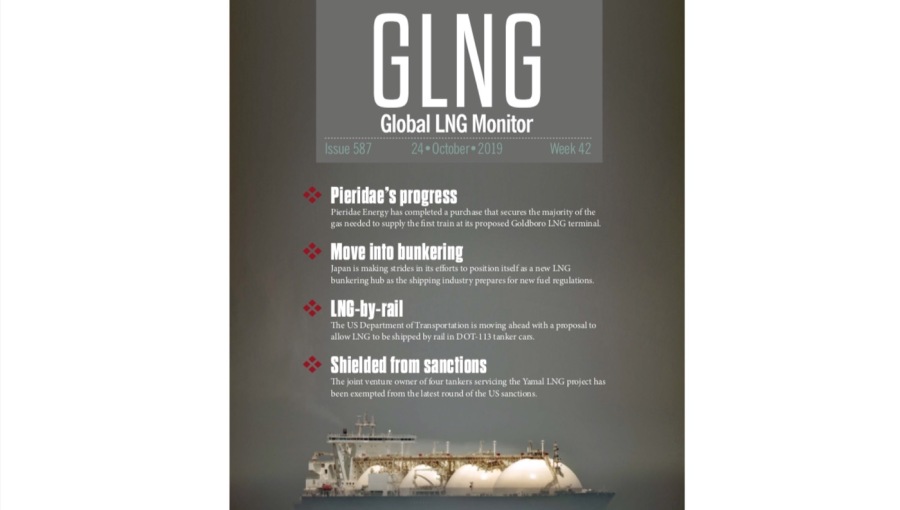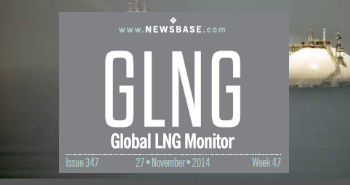GLNG: Indonesia's potential reversal to LNG importer

With the likes of Australia, Qatar and the US now by far the world’s biggest LNG exporters, it is hard to imagine that this was a title once held, in 1990, by Indonesia.
That year the country delivered 20.35mn tonnes of the super-cooled gas to the global market, accounting for 38.4% of overall trade. However, years of declining sales meant that in 2021 Indonesia had dropped to eighth place among exporters, and in the not so far future it looks poised to become a net importer.
Indonesia’s diminishing role as an LNG supplier is partly the result of government efforts to prioritise domestic gas needs. Instead of exporting more gas, the country has tried to use more of it to manufacture products for export. It has also used more gas to boost oil production, which has fallen 3.1% on average annually over the past decade. But primarily it is simply the consequence of declining gas output, which dropped from 82.7bn cubic metres in 2011 to 59.3 bcm in 2021. As a result, Indonesian LNG exports almost halved over the same period, arriving at 14.6 bcm, according to BP’s statistics.
Another question is why natural gas production has declined so sharply. This is partly a result of constrained private, and in particular, international investment in the country’s gas sector. Investment in Indonesia has long been problematic owing to the country’s opaque legal and regulatory environment, and it has never truly recovered from the unilateral contract changes that were imposed by the government during the 1997 Asian financial crisis. This has meant less funding for increasing recovery at existing fields, and less for exploring for new ones.


Follow us online